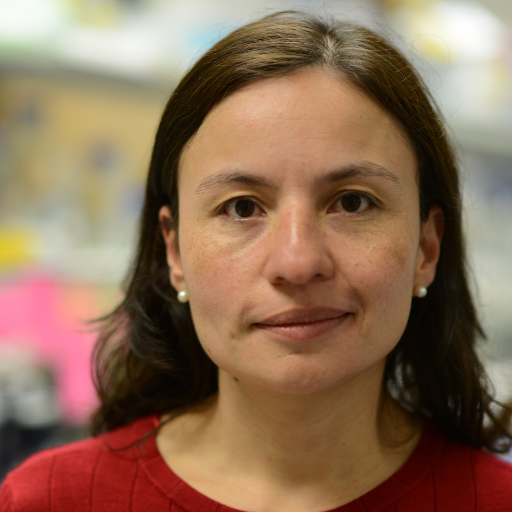Identifying Therapeutic Targets to Prevent Amyloid Accumulation

Principal Investigator
Arun Upadhyay, PhD
Northwestern University Feinberg School of Medicine
Chicago, IL, USA
About the Research Project
Program
Award Type
Postdoctoral Fellowship
Award Amount
$200,000
Active Dates
July 01, 2023 - June 30, 2025
Grant ID
A2023013F
Mentor(s)
Jeffrey Savas, PhD, Northwestern University Feinberg School of Medicine
Goals
The project aim is to identify proteins that interact with amyloid-beta as it forms fibrils in Alzheimer’s disease.
Summary
Although amyloid-beta gets considerable research attention as the protein forming the chacteristic plaques of Alzheimer’s disease, other proteins are involved in its accumulation. Arun Upadhyay, PhD, and his colleagues have used novel protein surveying tools to newly identify key proteins associated with fibril formation.
Using lab models, they plan to tag the newly identified proteins with isotope labels that will let them follow the behavior and location of these molecules. Their work has already distinguish proteins involved in early versus late amyloid-beta interactions.
Using the “early interactors,” the researchers plan to assess their function in the early process of amyloid-beta fibril formation. This work will help identify the proteins with the most prominent roles. The resulting better understanding of how these fibrils form and important proteins involved in the process may offer new paths to treatment targets for several diseases, including Alzheimer’s disease.
Unique and Innovative
We recently got success in the isolation of highly pure amyloid fibril cores from human and mouse brain tissues. We developed a novel proteomics pipeline and identified a pool of amyloid fibril-associated proteins that have not been previously reported for their potential roles in AD. In this study, we wish to understand the protein deposition scheme with temporal resolution by combining our quantitative proteomics approach with heavy isotope labeling of AD mouse models. Further, by performing in vivo studies in mice, we will characterize the most potent interactions of Aß with other proteins.
Foreseeable Benefits
Following the completion of this study:
(1) We will have a better understanding of how the disease-causing amyloid fibrils are formed inside the brains.
(2) We have a list of early interaction partners and potent modulators of amyloid aggregation, and toxicity. These proteins may be used as future therapeutic targets.
(3) Future research in the other neurodegenerative disease models and patients may shed light on common mechanisms by providing a pool of shared proteins that might influence early protein aggregation and amyloid formation in multiple diseases.
Grants
Related Grants
Alzheimer's Disease Research
Increase of ADAM10 Protein Expression in the Brain as an Alzheimer’s Disease Therapeutic
Active Dates
July 01, 2024 - June 30, 2027

Principal Investigator
Jaehong Suh, PhD
Increase of ADAM10 Protein Expression in the Brain as an Alzheimer’s Disease Therapeutic
Active Dates
July 01, 2024 - June 30, 2027

Principal Investigator
Jaehong Suh, PhD
Alzheimer's Disease Research
Visualizing How Amyloid-Beta Strands Interact in Alzheimer's Disease
Active Dates
July 01, 2023 - June 30, 2025

Principal Investigator
David Boyer, PhD
Visualizing How Amyloid-Beta Strands Interact in Alzheimer's Disease
Active Dates
July 01, 2023 - June 30, 2025

Principal Investigator
David Boyer, PhD
Alzheimer's Disease Research
Novel Molecules to Tackle Toxic Amyloid-Beta Production in Alzheimer's
Active Dates
July 01, 2023 - June 30, 2026

Principal Investigator
Lucía Chávez-Gutiérrez, PhD
Novel Molecules to Tackle Toxic Amyloid-Beta Production in Alzheimer's
Active Dates
July 01, 2023 - June 30, 2026

Principal Investigator
Lucía Chávez-Gutiérrez, PhD



